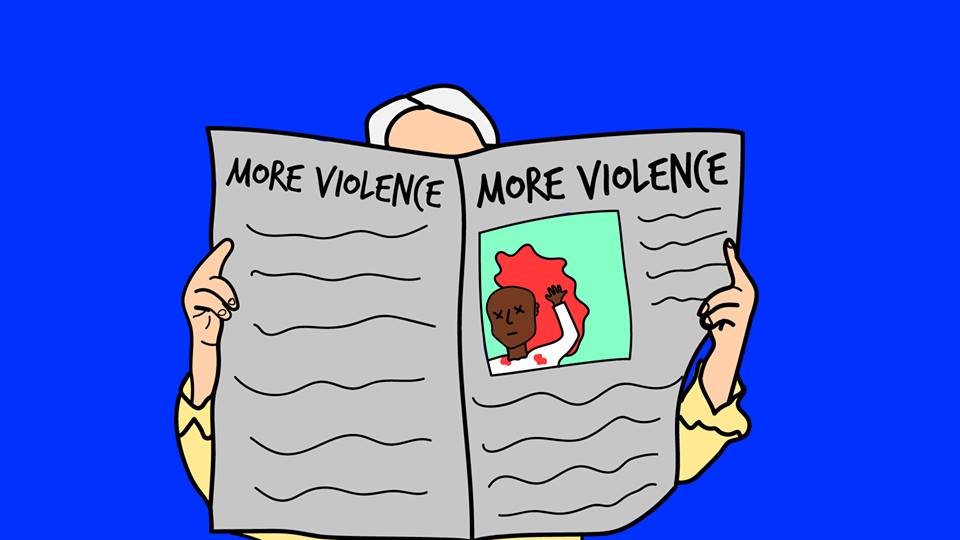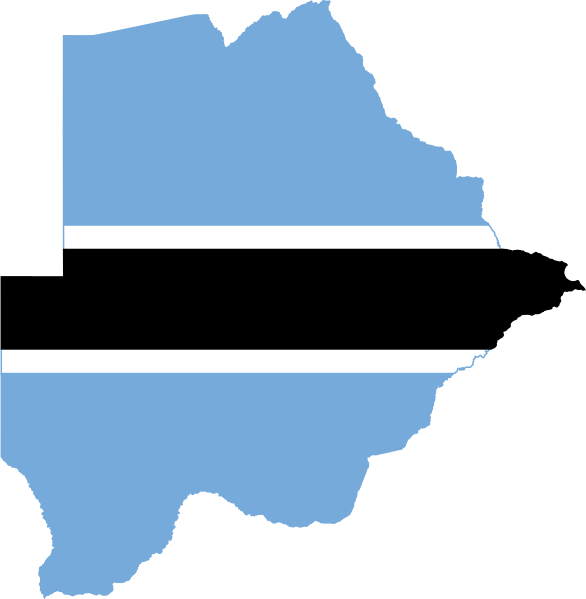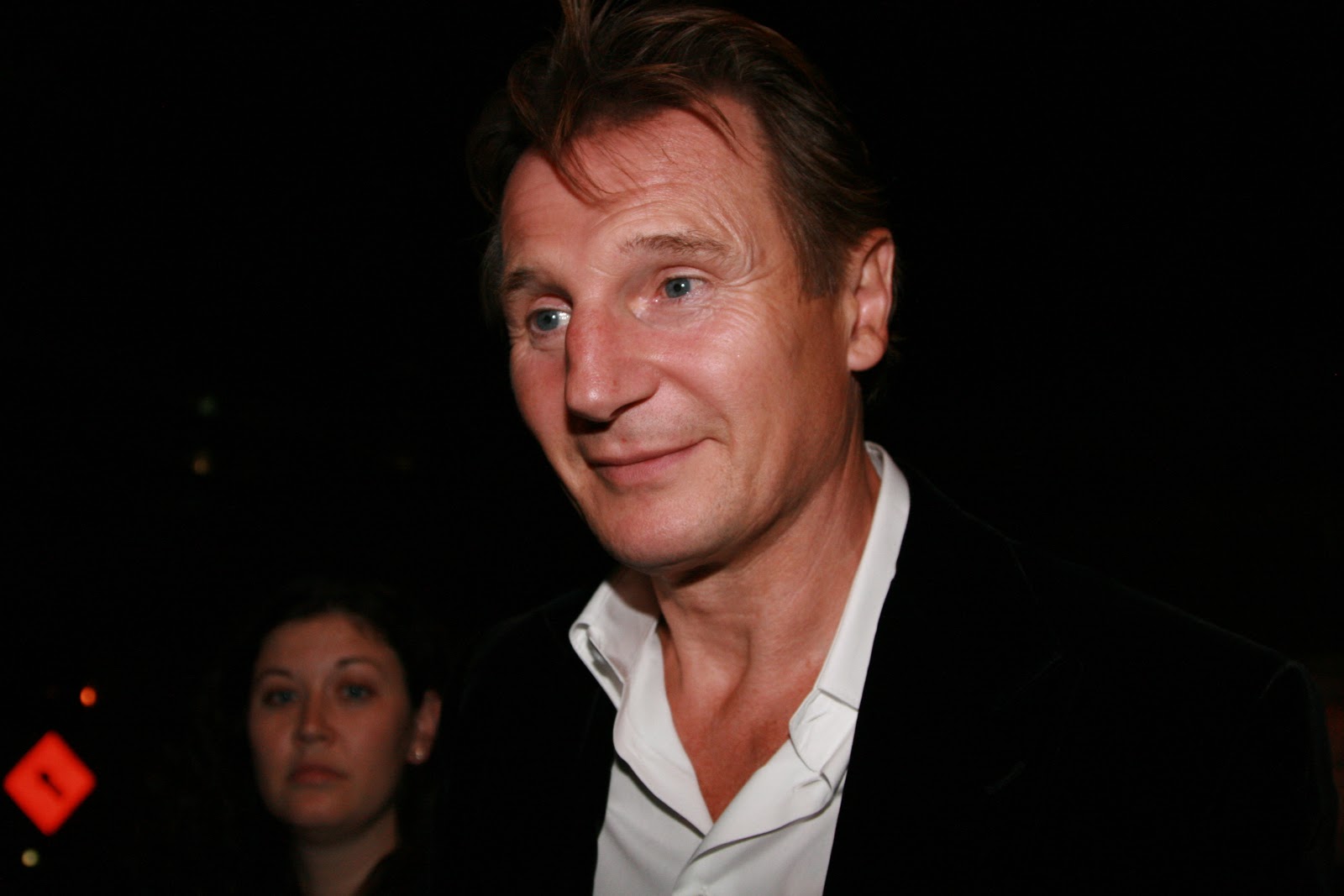
I hate Halloween. No shade to those who are conscious enough to go out and have fun without putting other people down, but in my opinion it could be ranked up there with some of the most insensitive holidays celebrated in the western world – and there seem to be a lot of those; let’s be honest.
This isn’t another piece on the disgraceful cultural appropriation that takes place every year in the form of costumes referencing non-white cultures displayed mostly on white bodies, or an addition to existing commentary on the fact that there are so many costumes and horror-themed images out there that depict people with mental health issues, disabilities or any other illnesses as monsters (which is disgustingly ableist).
Being extra, I could even mention the fact that the whole concept of zombies is arguably stolen from Haitian culture, or criticise the appropriation of the Dia de los Muertos, but I do not see it as my place to discuss those subjects in-depth. Although all of this directly contributes to why I feel the way I do, what I want to focus on here is the privilege that surrounds the horror genre in terms of violence.
In the west it’s been proven that people can become desensitized to images of violence. This does not only include forms of entertainment such as films and video games, but images from the mainstream media such as the news, and the way it depicts non-western cultures. It seems that we are surrounded by and overloaded with images and information of this kind to a point that we can’t deal with it anymore and overlook it, retreating back into our own little bubble of first world safety where events like the 2015 Paris Attacks are shocking because let’s face it, this kind of stuff is supposed to happen to people in “third world” countries far away from here.
“Events like the 2015 Paris Attacks are shocking because let’s face it, this kind of stuff is supposed to happen to people in ‘third world'”
I do not say this in order to condone the attacks, as I believe that violence of all kind is appalling, but just to point out the absolute fact that the west, through its marginalisation of other parts of the world, has created yet another form of privilege.
As somebody with Middle Eastern heritage who has grown up in the UK, the only representation of people who look like me that I have had access to is images of terrorists, dictators, war, violence and death – and it is not exactly crossing a line to say that many other people of minority backgrounds have probably had experiences similar to mine. Only the other day at university, in my class on media and development were we shown a 1984 BBC News report about the Ethiopian famine so disturbing that our tutor could not bear to leave it playing for more than a couple of minutes – he stated that the full length of the report was an entire hour, and this angered him to the point of referencing “the pornography of suffering”. The media may have changed ever so slightly since the day that report aired, but it is clearly still incredibly problematic in the way that it portrays black and brown bodies, otherwise why would we be doing so much work to challenge this through representing ourselves?
I have been thinking about this recently in terms of the discussion taking place both online and off, on the topic of videos circulated not only by the mainstream media but by many individuals on social media, of unarmed black people being murdered by police. Again, I do not see it as my place to discuss this in-depth and cannot stress enough that my intention here is not to speak for other people, but what I have gathered from the commentary I have had access to is that these videos can be extremely upsetting and triggering for black people.
“The only representation of people who look like me that I have had access to is images of terrorists, dictators, war, violence and death”
This has led me to think in a similar way about the horrific images and videos of people from my ethnic background that are circulated, such as the photograph of five-year-old Omran Daqneesh, more widely referred to in the media and on the internet as the “Syrian boy”.
At the moment, all I can think about is the fact that a huge number of people will go out this evening and enjoy their lives dressed as somebody who has been shot, or wounded, or killed and the fact that businesses will profit selling the means for people to re-create and embody these images of violence and horror that have been a reality for millions of people elsewhere in the world. This probably doesn’t even cross most people’s minds, because they have not all had to be subjected to these images in the context of a reality that concerns their own culture and people.
I have seen objects such as fake dismembered limbs sold in supermarkets, even in sections that sell costumes for children, around the same time as reading that people in the Middle East have been bombed by the west to a point that dismembered limbs is all that they have left of their loved ones. My mother wouldn’t even let me wear a bullet belt during my more tragically alternative phase as a teenager (thank God) because they reminded her too much of the militias in Lebanon – militias who were responsible for such great family heritage stories as: “That time your Granddad was taking photos of wild flowers in a field and found a pile of corpses”, “That time a girl was raped by a group of militia men and her family had to leave town” and last but not least, “That time your father rescued a young boy who had been blown up by a mine”.
Sorry to put a downer on the Halloween celebrations and everything, but I feel like western culture maybe has enough iconography you could reference that isn’t so completely alienating for other people?









